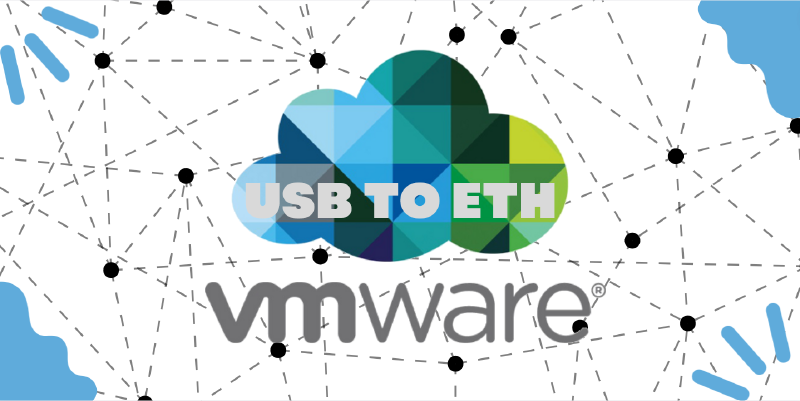Overview
I stumbled upon a collection of affordable Dell Optiplex 7060 Micros, equipped with exceptional specs for a homelab cluster ESXi environment. However, I faced a challenge in having only one Ethernet interface on each host, when I needed dedicated ISCSI storage on a separate interface. I found a solution using custom drivers for specific USB to Ethernet adapters, supported unofficially by VMware staff.
Choosing the Adapters
Make sure to select a USB to Ethernet adapter that’s compatible. See a list of officially unsupported but working adapters on VMware’s site, or choose the one I used from Amazon.
- The adapter I chose, is a TP-Link E300, with a Realtek RTL8153 chip, that supports 10/100/1000MB speeds.
Physical and SSH Access
You’ll need physical access to install the adapters and connect them to the network (either directly to the ISCSI interface or through a dedicated VLAN). On the ESXi host(s), go to https://ip.address:443 to enable SSH if needed.
Installing the VMware Driver
Download the driver from VMware. Ensure the correct version based on the ESXi hosts.
- Do a quick check on the host with
vmware -v
- Do a quick check on the host with
Transfer it to the host(s) and install:
1 2 3 4scp /file/location <user>@<ip-esxi-host>:/location/to/put/file ssh <user>@<ip> esxcli software component apply -d /path/to/the component zip reboot
Configuring USB to Ethernet Usage
After rebooting, create a new NIC on the ESXi host or in vSphere.
Confirm proper configuration within the GUI, then run within the SSH console:
1esxcli system module parameters set -p "usbBusFullScanOnBootEnabled=1" -m vmkusb_nic_flingEdit the local.sh file:
1vi /etc/rc.local.d/local.shAdd this snippet:
1 2 3 4 5 6 7 8 9 10vusb0_status=$(esxcli network nic get -n vusb0 | grep 'Link Status' | awk '{print $NF}') count=0 while [[ $count -lt 20 && "${vusb0_status}" != "Up" ]] do sleep 10 count=$(( $count + 1 )) vusb0_status=$(esxcli network nic get -n vusb0 | grep 'Link Status' | awk '{print $NF}') done esxcfg-vswitch -RAdd the provided code, and if you need support for multiple adapters, see more details here.
Conclusion
Verify the network connectivity, and you’ll now have a dedicated management port and an additional ISCSI NAS port for HA failover. Additionally, if you are like me, an affordable solution created to creating additional network interfaces on a Dell Optiplex 7060 Micro!
